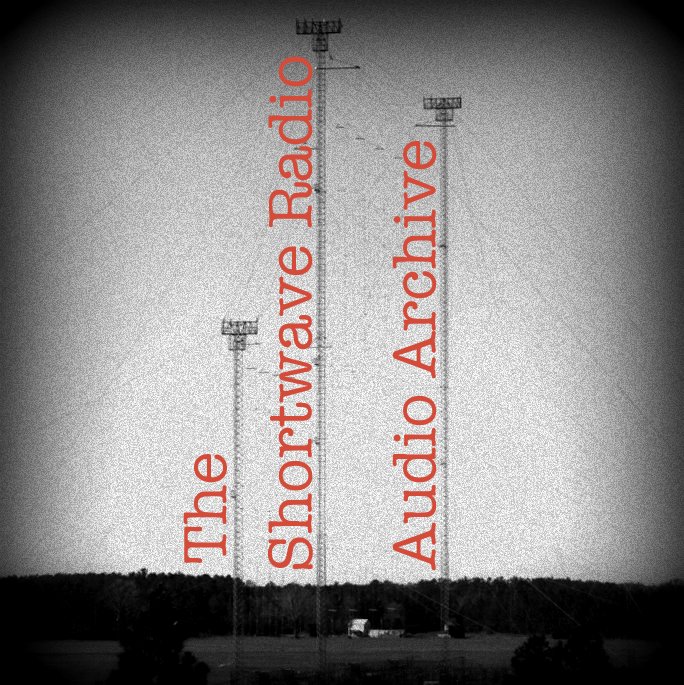NDR - Gruss an Bord: December 24, 2024
/copyright NDR
Live, off-air, three-hour recording of the special annual Gruss an Bord program from German broadcaster NDR, Norddeutscher Rundfunk, on 24 December 2024 with an introductory "warm-up" segment beginning shortly after 18:00 UTC with Gruss an Bord itself starting at 19:00 UTC. The "warm-up segment" featured reports on seafaring, its economic relevance, and everyday life at sea. Gruss an Bord features music and greetings to and from mariners around the world. The Christmas greetings were recorded at an event in Hamburg. Unlike for the past several years, there was no event in Leer.
Relatives and friends had the opportunity to wish their loved ones at sea a happy holiday and a happy new year. The Hamburg event was recorded on 8 December in the Duckdalben International Seamen's Club and was hosted by Birgit Langhammer and Ocke Bandixen. Music was provided by the Swedish-South African duo "Fjarill." The broadcast was primarily in German with some greetings in other languages.
In addition to being carried on the NDR Info and NDR Info Spezial networks, the broadcast was transmitted around the world on shortwave using transmitters at Nauen, Germany; Moosbrunn, Austria; Issoudun, France; Tashkent, Uzbekistan; and Okeechobee, Florida, U.S.A.; and was organized by Media Broadcast.
The frequencies (kHz) were:
6030 (via Issoudun) for the Northeast Atlantic,
6080 (via Tashkent) for Europe,
9635 (via Moosbrunn) for the Indian Ocean,
11650 (via Issoudun) for the Atlantic and Indian Oceans,
13830 (via Nauen) for the Southern Atlantic, and
15770 (via Okeechobee) for the Northwest Atlantic
The "warm-up" segment was not carried on the NDR Info Spezial network, which broadcast the children's program Mikado instead. And as the Moosbrunn transmitter took the feed from the NDR Info Spezial network, the "warm-up" segment didn't go out on this shortwave transmitter.
The recording is of the transmission on the frequency of 11650 kHz for the full three hours.
The program was received outdoors on a Belka-DX receiver in pseudo-synchronous (AM2) mode with a bandwidth of 50 Hz - 2.7 kHz with a Tecsun AN-03L 7-metre wire antenna in Hanwell (just outside Fredericton), New Brunswick, Canada. Reception was fairly good for the most part with a bit of noise at times.



